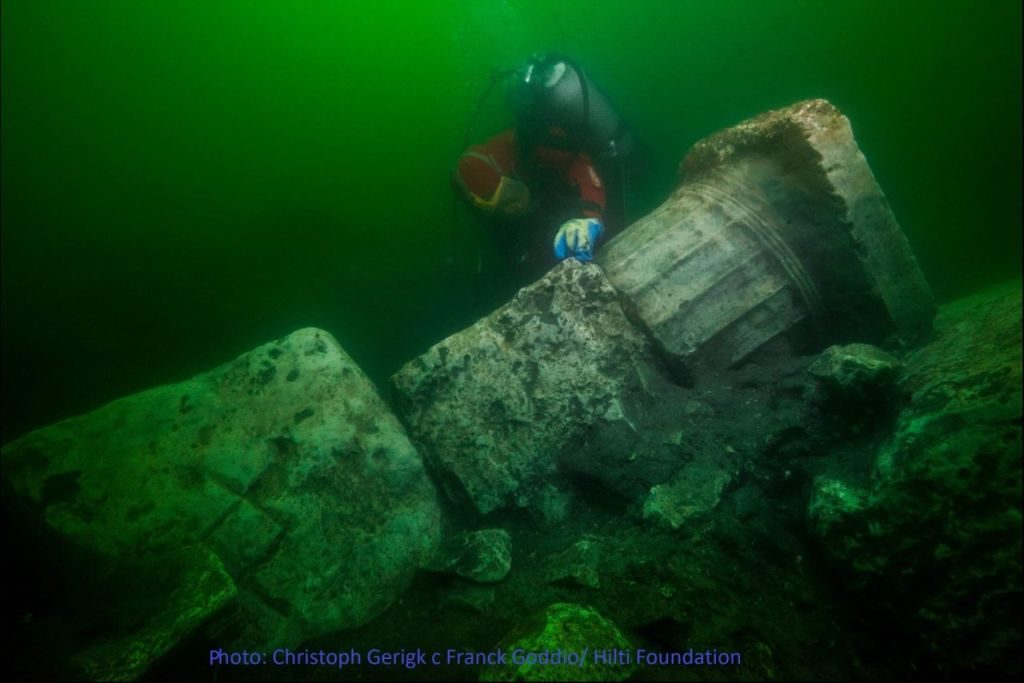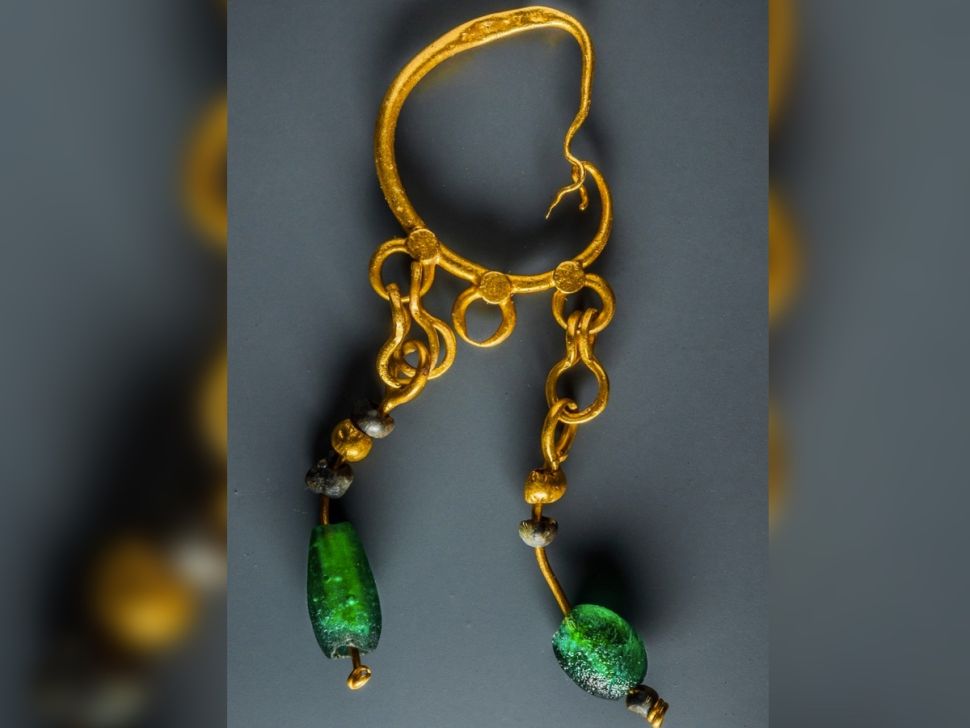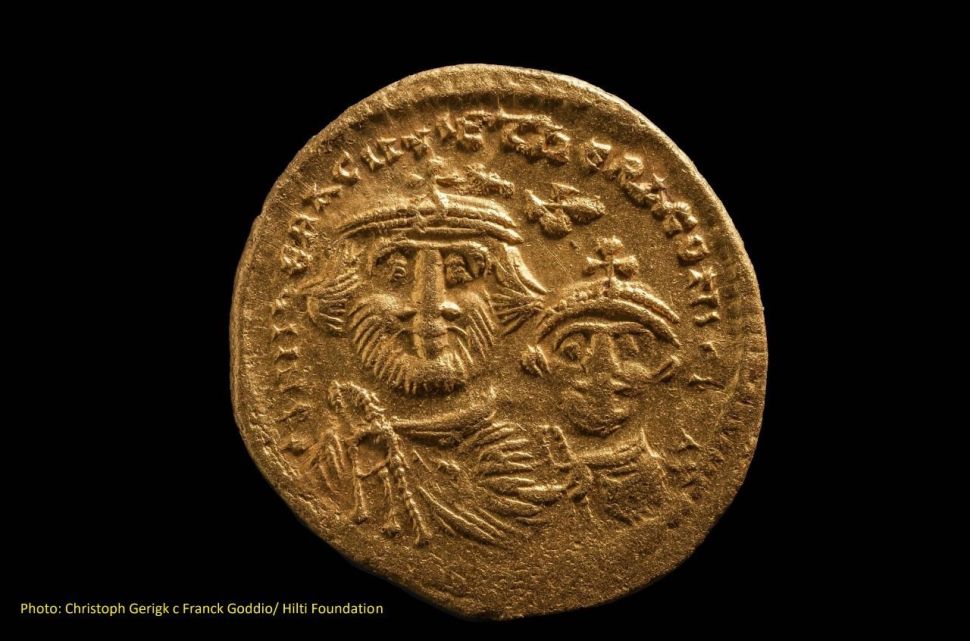Mysterious destroyed temple and treasure-laden ships found in ‘Egyptian Atlantis’ that sank 2,200 years ago

Mysterious destroyed temple and treasure-laden ships found in ‘Egyptian Atlantis’ that sank 2,200 years ago

According to Egypt’s Ministry of Antiquities, divers swimming through Heracleion, an ancient Egyptian city that’s now underwater, have uncovered a number of artifacts including the remains of a temple, gold jewelry, coins, and the missing piece of a ceremonial boat.
Heracleion was a busy metropolis in its day, named after the legendary Hercules, who ancient people believed to have actually visited the city.
It sat on the edge of the Nile River, next to the Mediterranean Sea, when it was built around the eighth century B.C. In one of his temples, Cleopatra was even crowned. It then flooded about 1,500 years ago, and now sits under about 45 meters (150 feet) of water.
Heracleion (also known as Thonis) has been slowly revealing its ancient secrets since it was discovered by archaeologists in 2000.
The ministry reported that during the last two-month excavation archaeologists were delighted to find the remains of a large temple, including its stone columns, and the crumbling remains of a small Greek temple buried under 3 feet (1 m) of sediment on the seafloor.
The excavation team of Egyptian and European archaeologists was led by Franck Goddio, the underwater archaeologist who discovered Heracleion 19 years ago.
Together, the team used a scanning tool that transmits images of artefacts resting on the seafloor and those buried beneath it.

The scanning tool revealed part of a boat. During past excavations, archaeologists had found 75 boats, although not all of them were complete. This new finding was the missing part of boat 61, which was likely used for ceremonial purposes, the Ministry of Antiquities said in a statement.
It wasn’t a small boat, either. When the archaeologists pieced boat 61 together, it measured 43 feet long and 16 feet across (13 m by 5 m).
The ship held tiny treasures — coins of bronze and gold, as well as jewellery. The bronze coins uncovered at Heracleion date to the time of King Ptolemy II, who ruled from 283 to 246 B.C. The team also discovered pottery dating to the third and fourth centuries B.C., the ministry noted.

The team also looked at the underwater site of Canopus, which, like Heracleion, is located in the Gulf of Abu Qir, Alexandria. At Canopus, the archaeologists found an ancient building complex that extended the city’s footprint southward about 0.6 miles (1 kilometre), the ministry said.
Canopus also held other treasures; the archaeologists found an ancient port, coins from the Ptolemaic and Byzantine periods, and rings and earrings from Ptolemaic times. All of these artifacts indicate that Canopus was a busy city from the fourth century B.C. to the Islamic era.